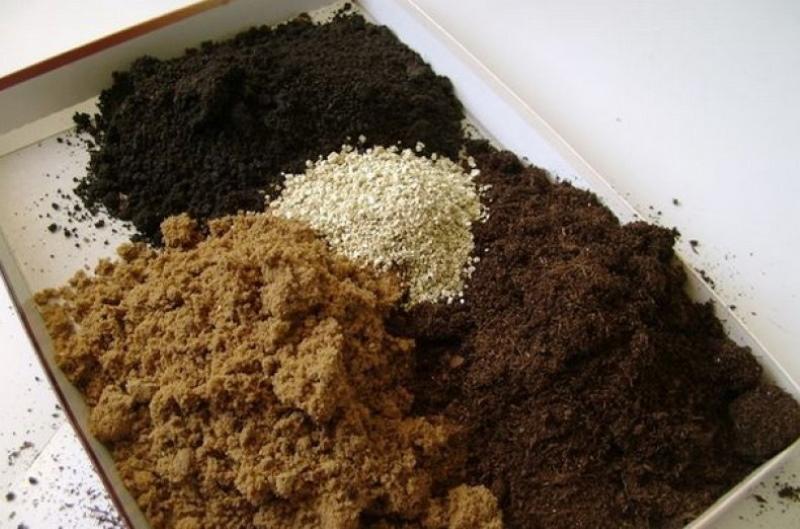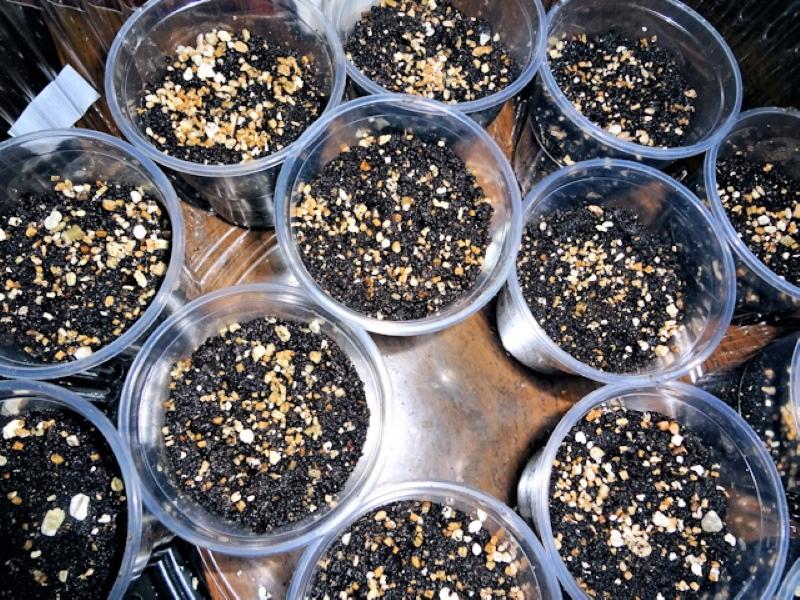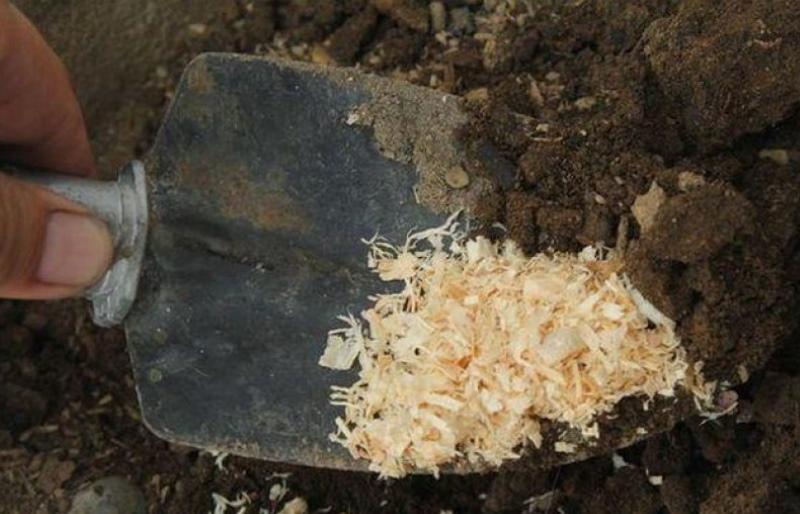Light and loose soil with sawdust for tomato seedlings - features of cooking at home
 Surely you have noticed more than once that the most delicious and largest tomatoes grow from home seedlings. And to grow it, in turn, you need a nutritious and light soil, while it is not at all necessary to buy it. Soil with sawdust for tomato seedlings is an excellent and economical option for preparing a fertile substrate. At the same time, sawdust acts as several components at once and simultaneously performs several tasks. They may well replace peat or "work" together with it, increasing the looseness of the soil. At the same time, sawdust provides seedlings with vital moisture, since they themselves absorb it and gradually release it. Thus, the soil under the seedlings will not dry out, which means that the tomatoes will develop evenly and will not die.
Surely you have noticed more than once that the most delicious and largest tomatoes grow from home seedlings. And to grow it, in turn, you need a nutritious and light soil, while it is not at all necessary to buy it. Soil with sawdust for tomato seedlings is an excellent and economical option for preparing a fertile substrate. At the same time, sawdust acts as several components at once and simultaneously performs several tasks. They may well replace peat or "work" together with it, increasing the looseness of the soil. At the same time, sawdust provides seedlings with vital moisture, since they themselves absorb it and gradually release it. Thus, the soil under the seedlings will not dry out, which means that the tomatoes will develop evenly and will not die.
When growing seedlings of tomatoes and most other horticultural and flower crops, it is worth considering the origin of sawdust. It is better to use only hardwoods for preparing the soil. Coniferous sawdust contains a large amount of resin. They will slow down the processing of nutrients into compounds available for seedlings. In addition, many conifers have the ability to increase acidity, which is also "not to the liking" of garden crops.
Features of the use of sawdust in soil mixtures

However, the best option is to use rotted sawdust. For this:
- prepare a solution from a bucket of water and 1 tbsp. urea;
- moisten sawdust with it;
- covered with black film and left for a month;
- then add manure in an amount equal to sawdust;
- within a month, the compost is periodically watered with herbal infusions and mixed;
- ready-made, rotted, sawdust, used to compose substrates.
In the early stages of growing seedlings, sawdust can be used just like that, without land. Seeds are sown directly in them, and after the seedlings grow up, the seedlings are transplanted into a substrate with the addition of sawdust.
Soil with sawdust for tomato seedlings - options for preparing the substrate
 Sawdust can be added to the soil as an additional component, or they can replace peat. Depending on this, there are such options for preparing the soil mixture:
Sawdust can be added to the soil as an additional component, or they can replace peat. Depending on this, there are such options for preparing the soil mixture:
- Garden land 1 share, sawdust 2 shares.Mix and fill with solution (potassium sulfate + superphosphate).
- Compost, peat, garden soil and sawdust in equal proportions, dry superphosphate and ash.
- Peat, sand and sawdust are mixed in equal parts. Then add the same amount of deciduous soil, a little mullein and superphosphate to one part of this soil mixture.